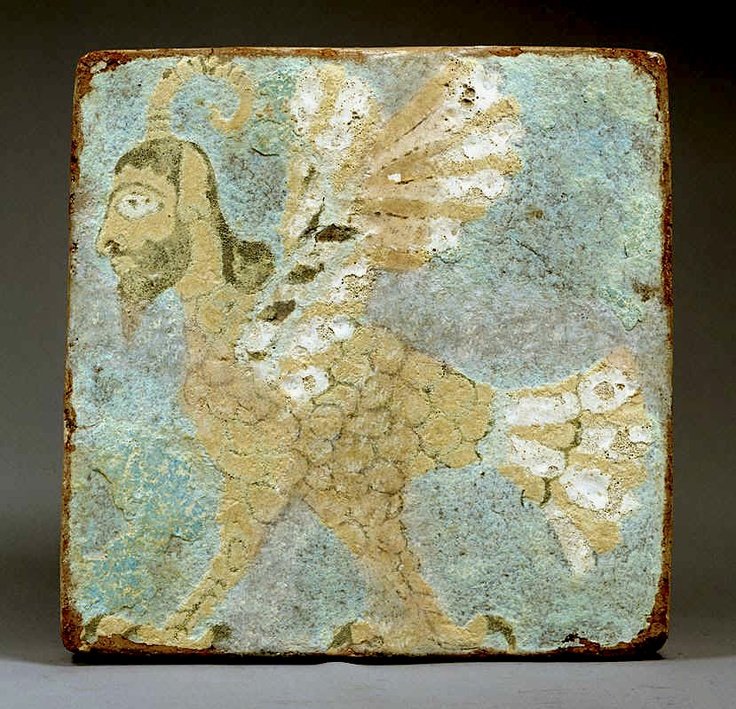Mannai civilization on display at National Museum of Iran

TEHRAN – The National Museum of Iran in downtown Tehran has put over 100 prehistoric objects on display that are connected to the Mannai civilization, which was once flourished in northwestern Iran in 1st millennium BC.
“Potteries, glazed bricks, bronze works, ivory carvings, and bone pendants are amongst the relics that are on show,” the director of the museum was quoted as saying by ILNA on Monday.
Organized in collaboration with the Kermanshah Cultural Heritage, Tourism, and Handicraft Department and Ziwiye Cultural Heritage Base, the exhibit will be running through November 18.
Mannai, also spelled Manna, was an ancient country surrounded by three major powers of the time namely Assyria, Urartu, and Media.
According to the Encyclopedia Britannica, the Mannaeans are first recorded in the annals of the Assyrian king Shalmaneser III (reigned 858–824 BC) and are last mentioned in Urartu by Rusa II (reigned 685–645 BC) and in Assyria by Esarhaddon (reigned 680–669 BC).
With the intrusion of the Scythians and the rise of the Medes in the 7th century, the Manneans lost their identity and were subsumed under the term Medes.
The picture above showcases an exemplar of the Mannaeans art, a colored-glazed tile featuring a human-headed bird with the horns of an ibex. The object which dates back to 800 BC, was excavated in Bukan, western Iran, and currently is on show at the National Museum of Tokyo.
AFM/MG
